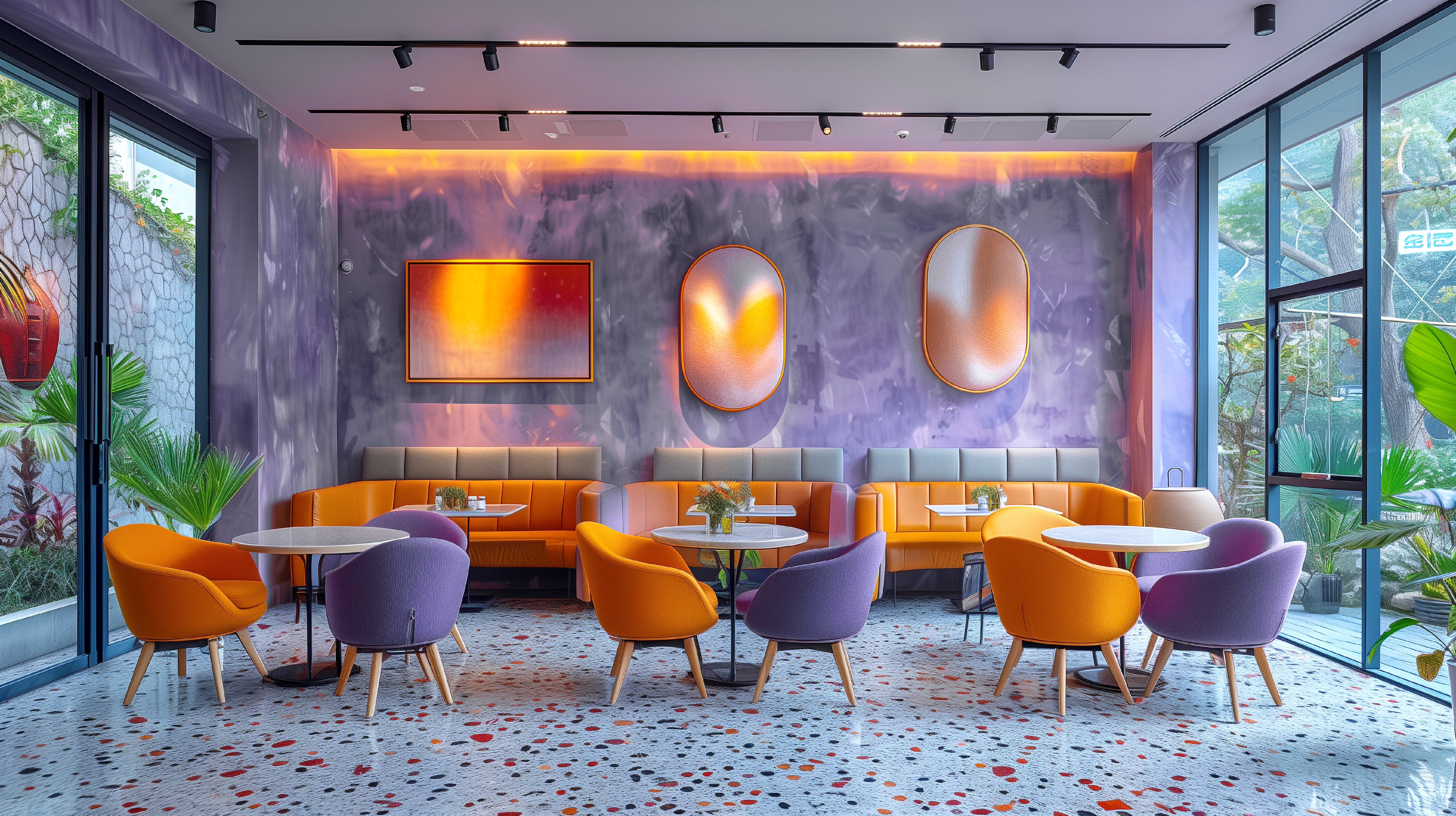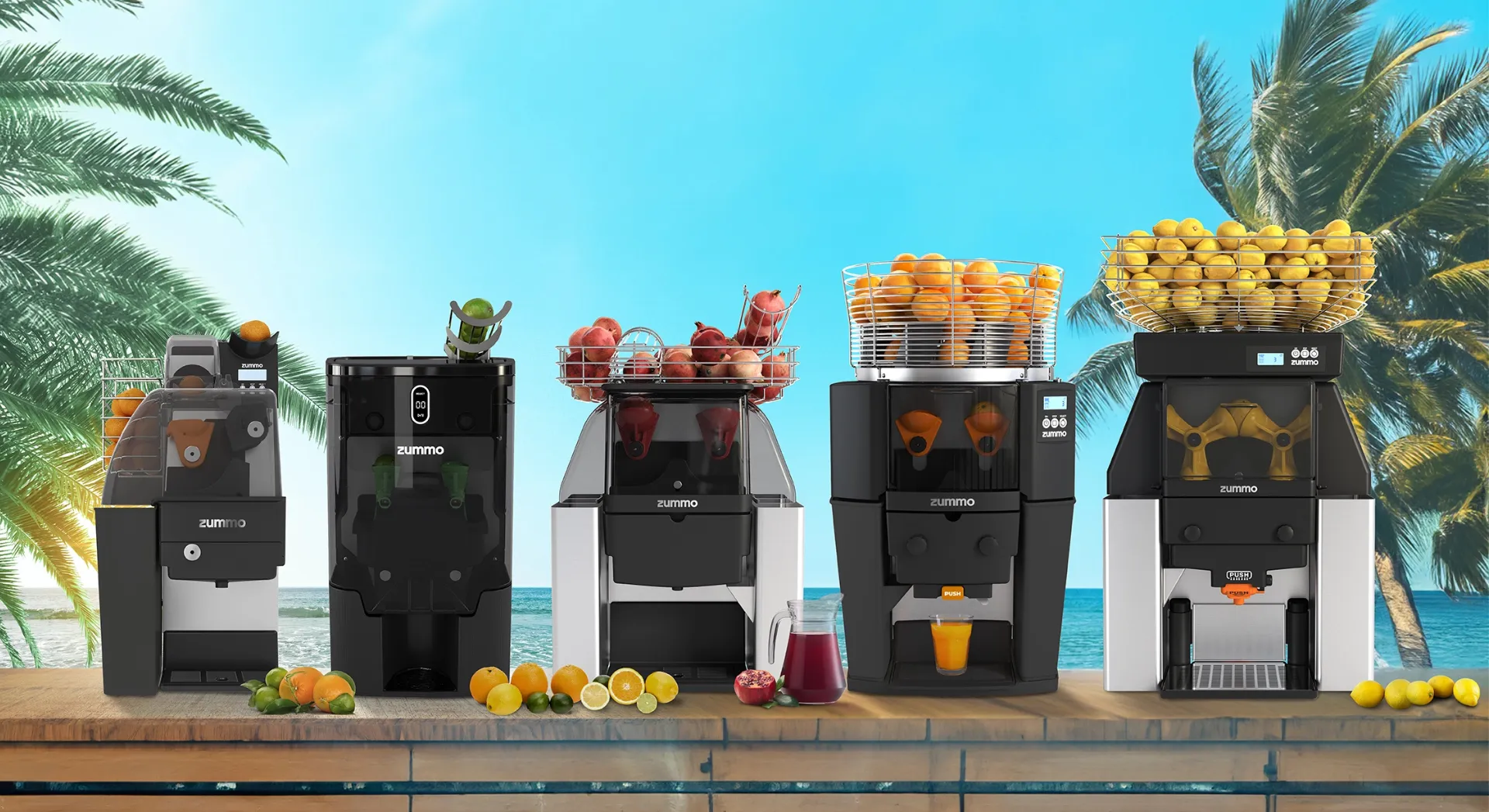What Is a Juice Bar?
A juice bar is, as the name suggests, a venue specialising in natural juices and freshly made smoothies. Its star products are beverages prepared on the spot from high-quality fruit and vegetables, but more and more customers are looking for a complete experience: quick, healthy and attractive service.
In practice, this means offering a well-designed environment (natural décor, comfortable furniture) and a menu that stands out for the freshness and variety of its ingredients. In short, a juice bar combines the convenience of “fast casual” service with the image of a venue focused on wellbeing.
What to Consider When Opening a Juice Bar
Before getting started, it is essential to research the market: analyse local demand, industry trends and the profile of your potential customers. A formal market study will help you gauge real interest in fresh juices, identify your competition and understand how to stand out. Define your target audience (for instance, athletes, vegans, office workers) and tailor your offer accordingly. Evaluate current trends and how they fit your area. With this information, you can create a realistic business plan to guide every next step.
1. Develop a Business Plan
Every successful project begins with sound planning. Your business plan should detail the initial investment, required resources, financial projections and marketing strategy. Include an analysis of the local market, sales estimates, cost calculations (rent, staff, raw materials, supplies) and return-on-investment timeframe. A solid plan will help you secure funding (loans or grants) and act as your decision-making roadmap. If possible, consider seeking support from a consultant or specialised templates to refine your projections.

2. Define Your Concept and Menu
Your menu should be colourful and diverse. It’s essential to define a clear concept (e.g., detox juices, tropical blends, vegan, or superfood-focused) and design your menu accordingly. Include a variety of juices, smoothies, and healthy extras (bowls, salads, or plant-based snacks). To stand out, offer original recipes with appealing names and a visually attractive layout. Use enticing descriptions and photos that highlight ingredient freshness — for instance, transparent cups with bright-coloured juices grab attention. Remember, your menu reflects your identity: the truer it is to your concept and audience demand, the better your customer loyalty.
3. Ideal Location
Location is everything in hospitality. Your premises should be in a high-footfall area — near offices, gyms, schools or shopping districts. These spots guarantee a steady flow of customers seeking healthy options during their day.
Also consider accessibility (public transport, parking) and visibility (eye-catching façade, signage). If your menu is simple (only juices and smoothies), a small but well-planned space will suffice, but ensure enough room for prep equipment, refrigeration and a small seating area or terrace.
Negotiate rent carefully so it doesn’t exceed 10% of your projected sales, as fixed costs significantly impact profitability.

4. Equipment and Machinery
The heart of any juice bar lies in its equipment. Having professional machinery not only ensures product quality but also improves efficiency and business profitability. In this sense, investing in specialized technology such as Zummo makes all the difference.
- Industrial juicers: Zummo’s professional juicers are designed to deliver pure, fresh juice with maximum yield. Thanks to their exclusive vertical squeezing system (EVS), the juice never comes into contact with the peel, preserving all its natural flavor and nutritional properties.
These juicers stand out for their robustness, ease of cleaning, and hygienic design—ideal for juice bars, cafés, or businesses with high production volumes. Moreover, their efficiency reduces fruit waste, optimizing the cost per glass and increasing profitability. - Blenders: To prepare smoothies, shakes, or fruit and vegetable mixes, the professional Zummo Z22 blender is the perfect ally. Equipped with a powerful and silent motor, it can blend whole products quickly and achieve fine, homogeneous textures even with fibrous ingredients.
Its high-efficiency filtration system and durable materials are designed for intensive daily use, ensuring consistent performance and reducing waiting times. Ideal for venues seeking speed, quality, and an exceptional customer experience. - Auxiliary equipment: A refrigeration system (fridge or cold room) to keep raw materials and final juice at optimal temperature. Stainless steel tables for washing and preparation, as well as triple-sink stations for cleaning (rinse, disinfect, and rinse again).
Also, make sure to include cup and napkin dispensers, and a point of sale (cash register/POS). Investing in professional equipment such as Zummo’s guarantees durability, hygiene, and energy efficiency—reducing maintenance costs and improving workflow.
5. Fruit and Raw Material Suppliers
Juice quality depends on ingredients. Build relationships with local fruit and vegetable suppliers. Buying from nearby farms ensures peak freshness, better flavour and nutrient content — plus, supporting the local economy adds value that many customers appreciate. Source seasonal fruit to cut costs and keep your offer dynamic.

6. Venue Design
Interior design should reflect your concept and be visually appealing. Create a fresh, welcoming atmosphere: use natural materials (wood, plants) and pleasant lighting. Separate the service and prep areas to maintain hygiene, and decorate with meaningful elements (local art, health benefit boards). A clean, open layout builds trust and strengthens your brand image.
7. Hiring and Training Staff
Your team is key to success. Hire friendly, service-oriented staff who share your healthy lifestyle values. Provide thorough initial and ongoing training in equipment use, recipes, and hygiene standards. A well-trained team improves drink quality, reduces waste and enhances customer experience.
Beyond the product, nurture the customer experience. Maintain spotless cleanliness, ensure quick service during peak hours and create a pleasant environment with comfortable seating and ambient music. Introduce loyalty programmes or referral incentives to encourage repeat visits.
9. Marketing Strategy
Both digital and local marketing are vital to make your juice bar known. Stay active on social media (Instagram, TikTok, Facebook) with attractive content — photos and videos of your juices, preparation process, and happy customers. A simple website showcasing your menu and philosophy also helps.
Take part in community events — partner with gyms, offer tastings at health fairs or set up a stand at local markets. Consistent branding (logo, colours) across menus, uniforms and signage boosts recognition.
10. Measure and Optimise Profitability
Regularly track your business performance. Keep detailed records of income and expenses, and monitor key ratios: raw materials should represent ~25% of revenue, staff 25–30%, and rent ideally under 10%. Review pricing to ensure you maintain a net profit margin of at least 10–15%.
Analyse average ticket size, stock rotation, and customer return frequency. Monitor your most effective promotions and seasonal trends. A disciplined financial approach allows you to detect issues early and make adjustments — like negotiating supplier rates or reducing waste — to maximise profitability.









